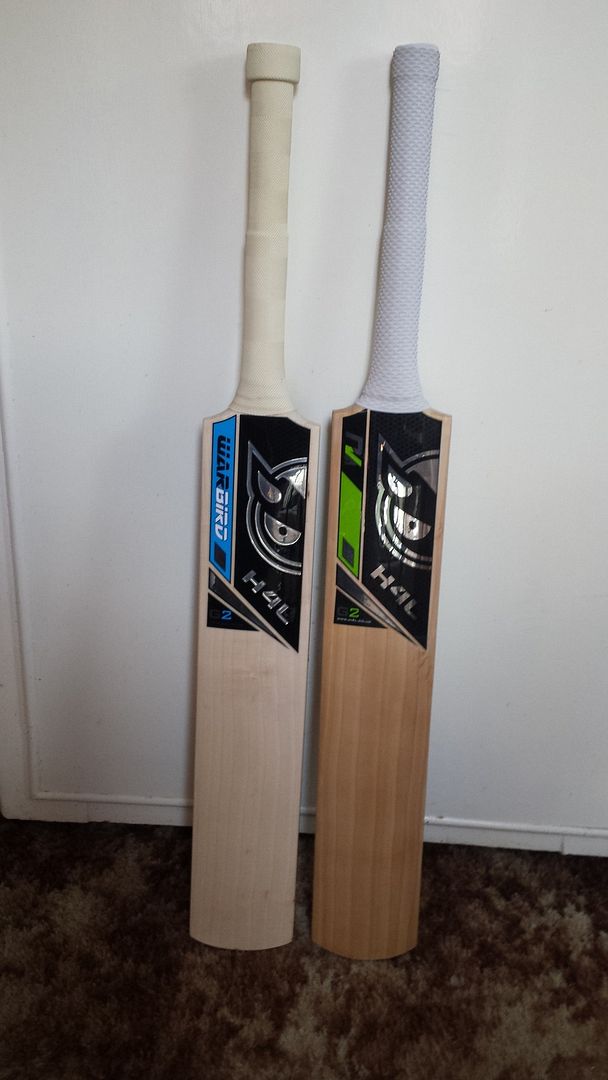There is a simple rule, oil the exposed areas and avoid the splice. If you have a scuff sheet already fitted, then you obviously don't need to oil the face. Simples.

If you're going to attach a scuff sheet, but the willow feels very dry, give it a light sanding with fine sandpaper, and then brush off sandings before scuffing. If you're really wanting you, you can oil prior to scuffing, however you'll have to wait at least 4 days for the oil to soak in completely/evaporate to a point where it doesn't prevent the scuff sheet from sticking.
A tip would be to apply one very light coat of oil and round the edges, then scuff up a few days later and knock it in. Rounding the edges earlier will help reduce the chance of the scuff sheet wrinkling as you don't need to round them with the scuff on.

You don't have to oil to round the edges, I just oil sometimes before rounding the edges if the bat is flat faced, to help prevent cracks.
If you don't scuff, then 2-4 coats of oil on the face, edges and toe, waiting around 48 hours between each coat. (The number is entirely up to you) One thing you may have to do is actually sand the bat first, as some batmakers will use a polishing compound which prevents oil from penetrating the surface of the bat. Most of them use a compound which does allow oil to seep in, but not all from memory! 1-2 coats on the back of the bat.
I think that the new look or the oiled look are equally as attractive as each other.
Wilma had one light coat of oil all over before I applied a scuff sheet, and still looks very white.
Norman was prepared by Chad, I don't know how many coats of what were applied before the scuff sheet, but there is a more "aged" look to the willow.
I think both look brilliant though.

Hi Cam, my own special brew of oil was applied twice I believe. Takes a lot of lovin' to concoct the special brew.

(Just kidding, 2 coats of linseed oil from memory)

 Author
Topic: Any linseed oil or bat wax to keep colour as white (Read 12673 times)
Author
Topic: Any linseed oil or bat wax to keep colour as white (Read 12673 times)
